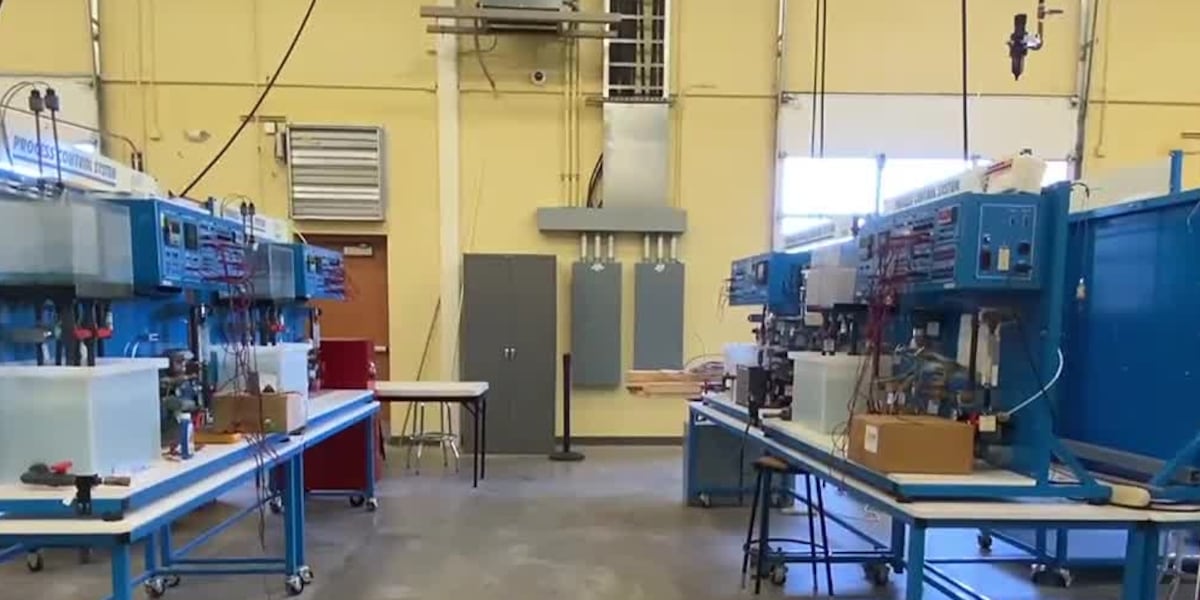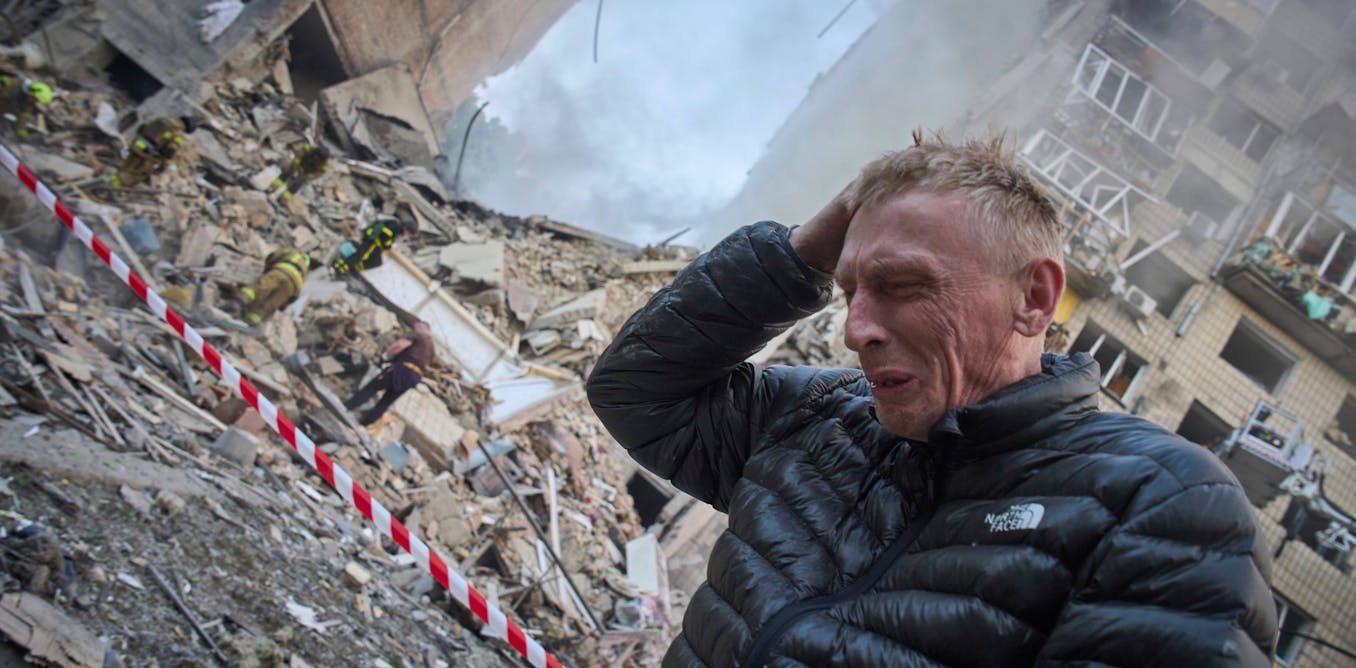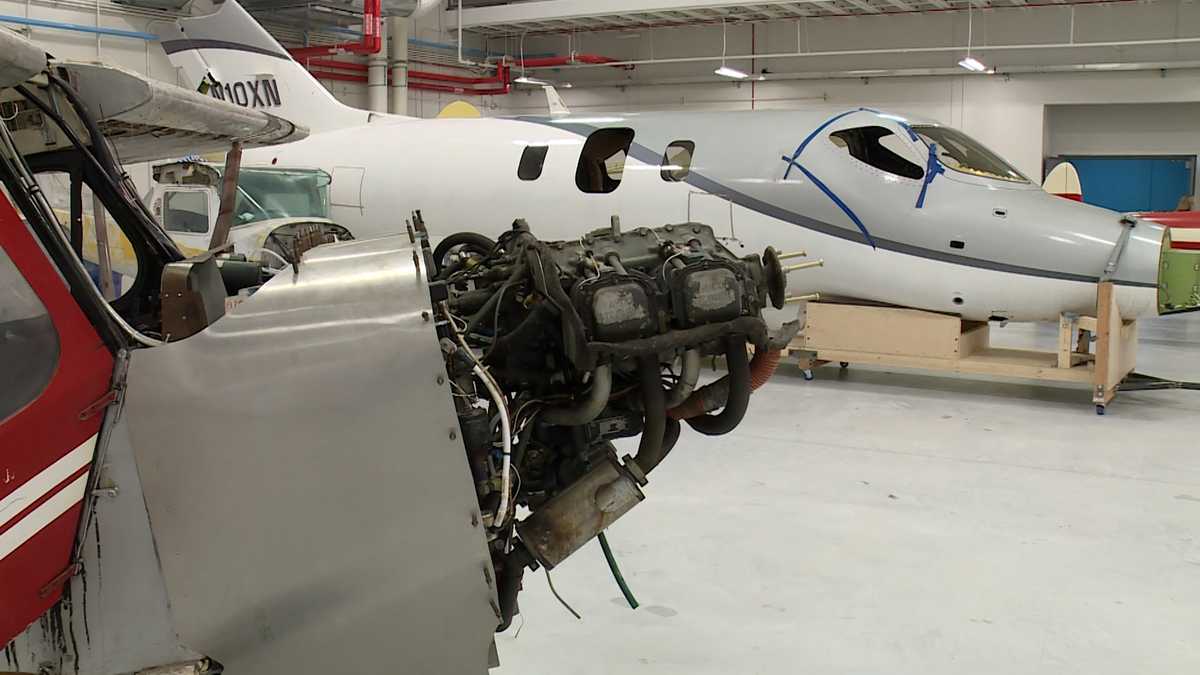Rail Safety Stalled: House Panel Disagrees on Critical Technology and Regulations

A Critical Debate on Rail Safety
The U.S. House panel is facing a significant impasse regarding vital rail safety technology and the regulations governing its implementation. The debate highlights a deep divide between Republicans and Democrats, stalling progress on crucial safety upgrades for the nation's rail network. At the heart of the disagreement lies the adoption of automated track inspection systems and the Federal Railroad Administration's (FRA) proposed safety regulations.
The Core of the Conflict: Automated Track Inspection
Automated track inspection systems, utilizing advanced technologies like laser scanning and machine learning, offer a potentially transformative approach to identifying defects and preventing derailments. These systems can rapidly assess track geometry, detect anomalies, and provide early warnings, significantly reducing the risk of accidents. However, the cost of implementation and the potential impact on rail workers are key points of contention.
Republicans have expressed concerns about the financial burden these systems would place on freight railroads, particularly smaller operators. They argue that mandated adoption could lead to increased shipping costs and potentially hinder economic growth. Furthermore, some Republicans raise questions about the reliability and accuracy of the technology, demanding rigorous testing and validation before widespread deployment.
Federal Railroad Administration Regulations Under Scrutiny
The FRA's proposed safety regulations, intended to bolster rail safety, are also facing resistance. Democrats generally support strengthening these regulations, citing a need for proactive measures to prevent future disasters. They point to past rail accidents and the potential for catastrophic consequences if safety standards are not adequately enforced.
However, Republicans argue that the proposed regulations are overly burdensome and could stifle innovation within the rail industry. They suggest a more collaborative approach, working with the railroads to identify and implement effective safety measures without imposing excessive mandates. Specific areas of contention include requirements for positive train control (PTC) systems and the frequency of track inspections.
The Impact of the Stalemate
This ongoing disagreement has significant implications for rail safety across the United States. The delay in adopting advanced inspection technologies and strengthening safety regulations leaves the nation's rail network vulnerable to potential accidents. Experts warn that without decisive action, the risk of derailments and other incidents will remain elevated.
Moving Forward: Finding Common Ground
To break the stalemate, both sides must be willing to compromise. Republicans need to acknowledge the importance of investing in safety technologies and supporting stronger regulations. Democrats must consider the economic impact on the rail industry and be open to more flexible implementation approaches. A collaborative dialogue, focused on data-driven decision-making and a shared commitment to safety, is essential to finding a path forward.
The future of rail safety in the U.S. hinges on the ability of the House panel to overcome these divisions and prioritize the well-being of passengers and the integrity of the nation's rail infrastructure. Failure to do so could have devastating consequences.






